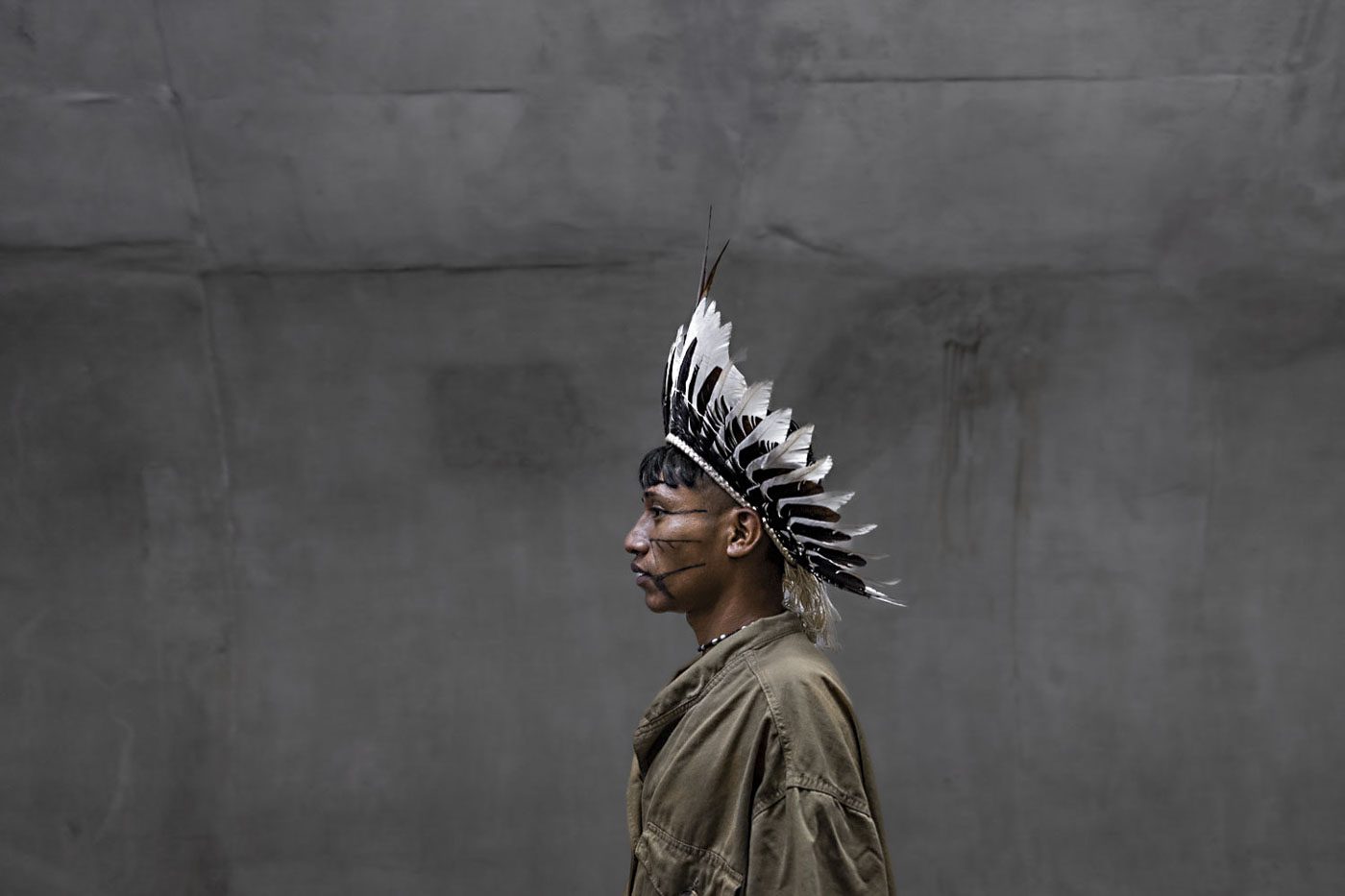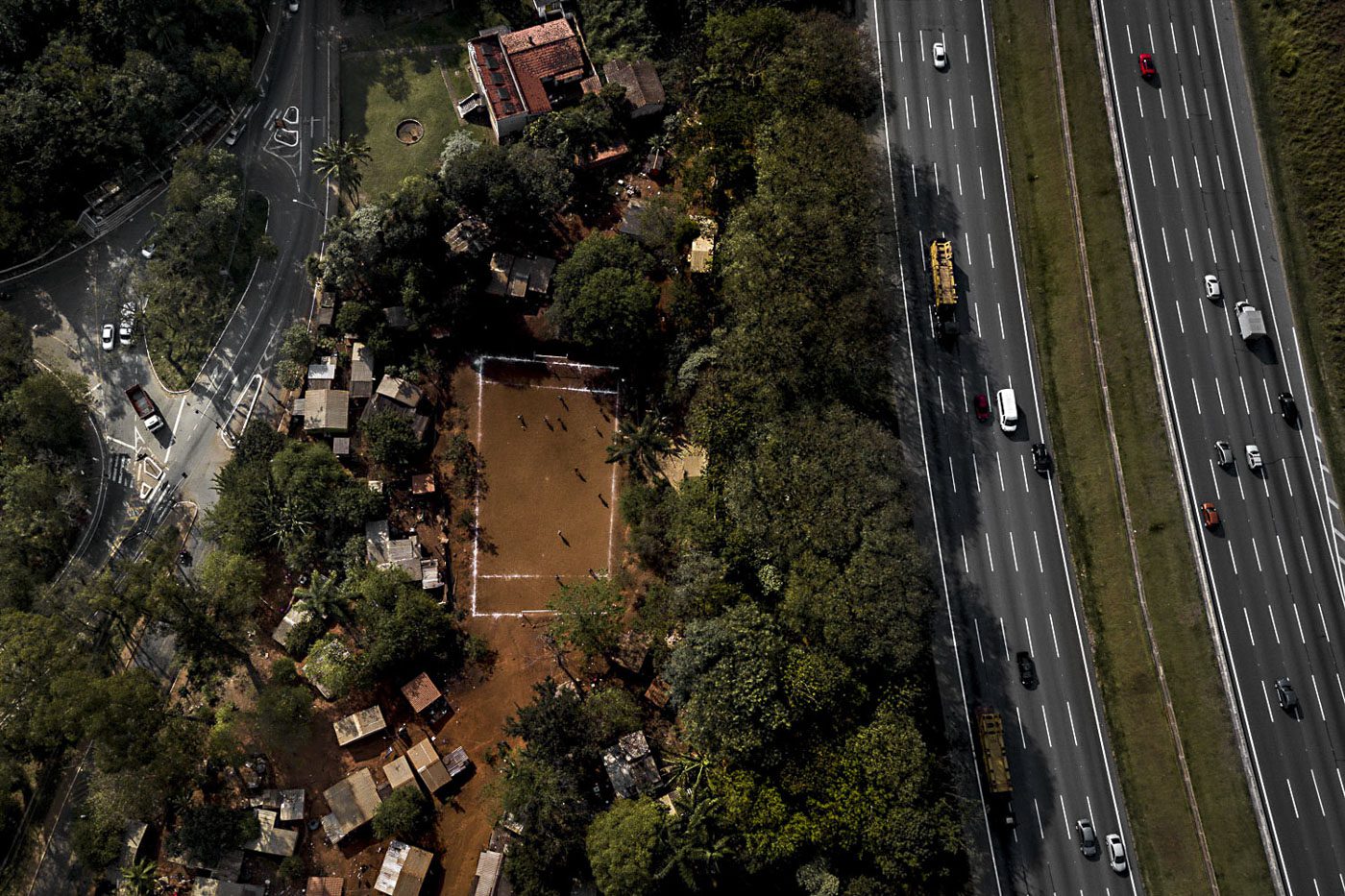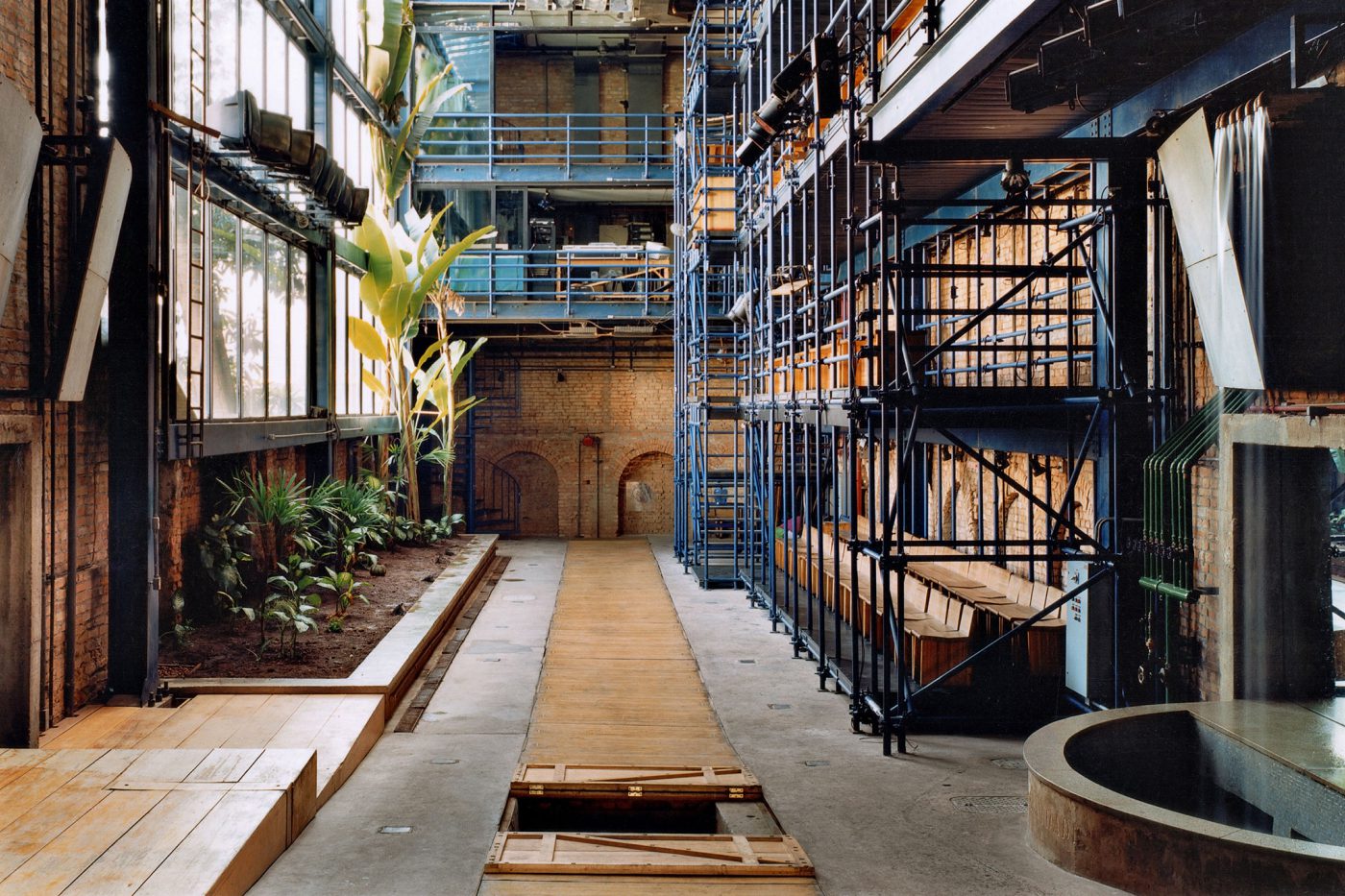The Guarani Mbyá community preserves its spirituality and language on Brazil's smallest indigenous land, surrounded by the megalopolis of São Paulo. In 1500, during the Portuguese invasion, the Guarani inhabited vast territories from the Brazilian coast to Paraguay. Their prosperous villages thrived on agriculture and livestock. Over the centuries, they were displaced, enslaved, and catechized, contributing to São Paulo's rise as a commercial center. Today, this community represents a microcosm of the global climate crisis. Amid 22 million people, they protect one of the last remaining tropical forests in the region, including the 400-hectare Jaraguá Peak. Despite being restricted to just 1.8 hectares of recognized territory, they maintain ancestral agricultural practices and protect biodiversity, resisting environmental degradation. By comparison, indigenous lands in Brazil lost only 1% of native vegetation in 30 years, compared to 20.6% on private lands.
At the heart of their spiritual practice is the Petynguá pipe, made from the endangered araucaria tree, connecting past, present, and future. This sacred smoke, rising from the intersection of forest and urban sprawl, symbolizes their unbroken ancestry and a call to rethink the environmental impact of urban life.
Nhemboaty is the result of five years of meetings between photographer Rafael Vilela and the residents of the Jaraguá Indigenous Territory. The exhibition takes place within the Pindomirim Village, an immersive experience in Nhanderekó, the Guarani way of life. For an afternoon, visitors will be able to sample the traditional food of this people, walk through the territory, listen to their words and songs, and visit sacred and exhibition spaces. The event, held in partnership with the São Paulo Architecture Biennial and the Autonomous Agency, will also feature a short film screening from the Imagining the Forest project, with films by Nadeem Alkarimi, Qadir Jhatial, and Sadqain Riaz (Karachi Biennial, Pakistan), and Eelyn Lee (Richmond Arts & Ideas Festival, UK).
This research received significant support and funding from Catchlight, the National Geographic Society, and the British Council.
As it is sacred territory, entry to the village experience will be limited to 40 people.
This activity is closed to invited participants.




